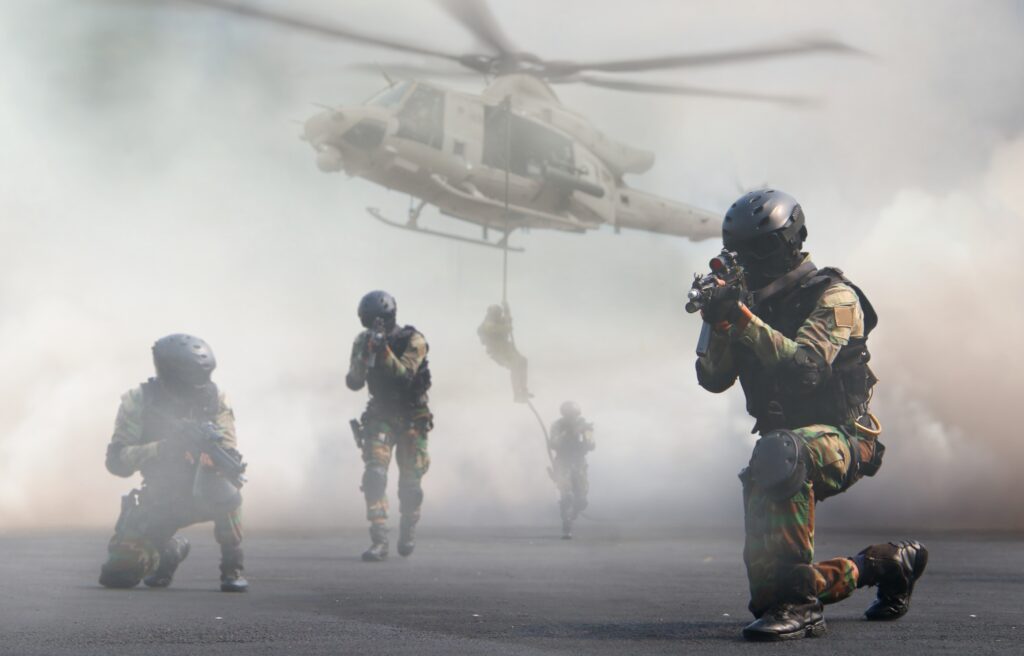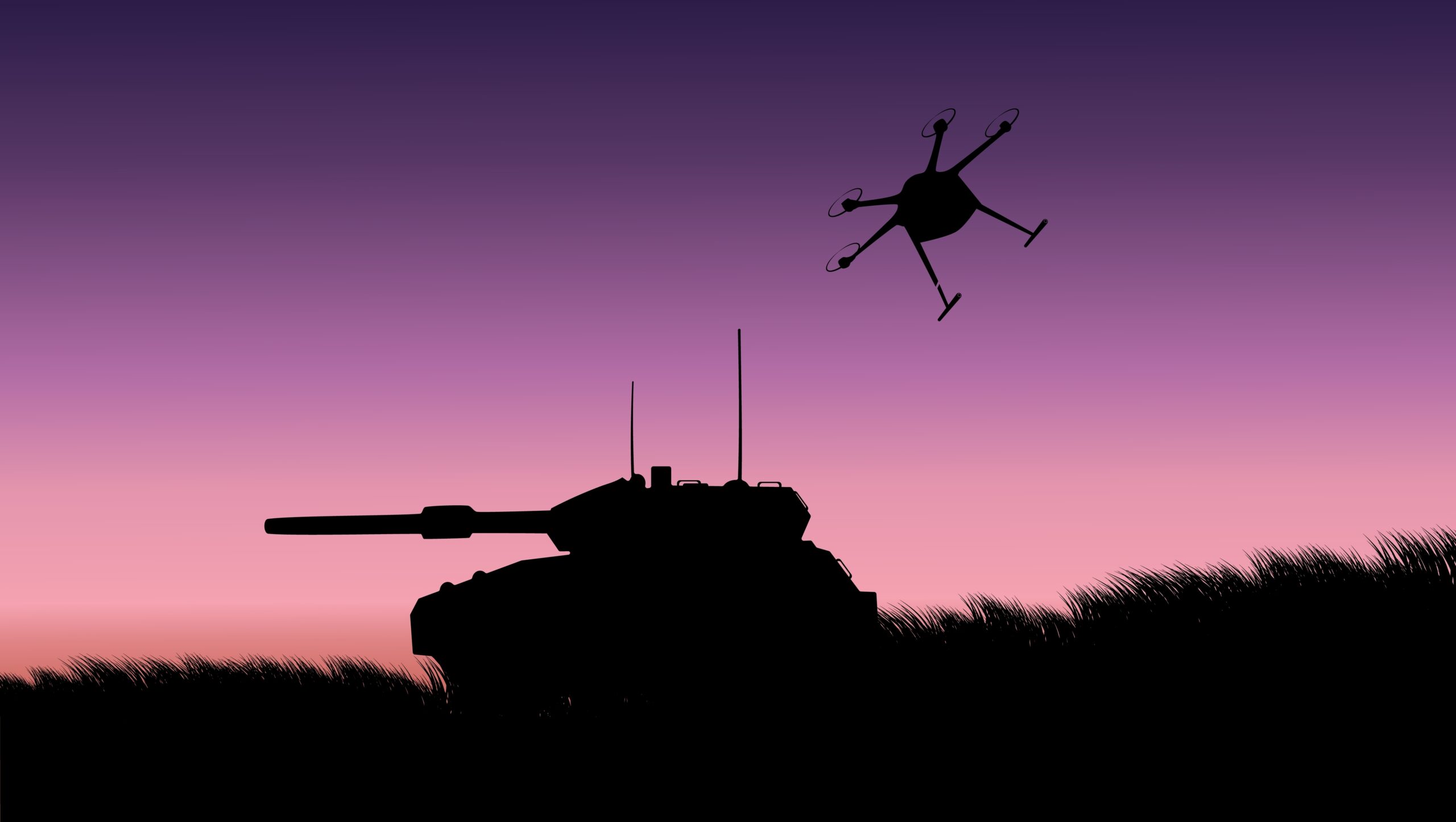By: Dawn Zoldi
The rapid proliferation of drones has changed our airspace and created an array of security challenges, from espionage and smuggling to surveillance and coordinated attacks. Effective protection depends on a specialized breed of professionals, counter-UAS (C-UAS) operators, equipped with technical insight and tactical skills. As such, training C-UAS operators has become an imperative for modern air defense, critical infrastructure protection, and public safety missions. The difference between containment and chaos often comes down to personnel proficiency in detection, assessment, and neutralization of malicious drone activity under pressure.
Understanding the Counter-UAS Landscape
Drone threats are as diverse as the environments in which they appear. From prisons to data centers to large-scale events, threat actors exploit drones’ versatility to gather data, transport illicit items, and disrupt operations. The sophistication and accessibility of these systems mean security personnel must not only understand drone technology but also anticipate evolving tactics and respond quickly. Early detection and situational awareness give operators the advantage to respond decisively, without collateral damage or interference with surrounding communications.
According to the C-UAS experts at D-Fend Solutions, developing a C-UAS-ready force begins with a deep understanding of the threat environment and the technologies that can counter it. D-Fend’s approach emphasizes RF-cyber-based detection and mitigation with the company’s EnforceAir system, which can identify drones before they breach restricted airspace. EnforceAir simplifies complex decisions into guided, repeatable actions that minimize operator fatigue and cognitive overload.
But C-UAS doesn’t stop at detecting a threat. It must also include the ability to precisely mitigate that threat. Even with the most intuitive RF-cyber-C-UAS technology, personnel must be trained in the proper use of techniques to take over unauthorized drones, guide them to pre-designated safe landing points and secure the situation without physical or electronic collateral damage. D-Fend’s non-kinetic, non-disruptive method of mitigation reflects the next generation of C-UAS response. It provides security teams with effective means to control rogue drones, contributing to continuity of operations throughout a threat event.
To do this, D-Fend’s training programs walk teams through this process step by step and turn complex theory into practiced expertise. The company’s global Professional Services team, led by experts like Boaz Neeman-Golan, D-Fend Solutions’ Professional Services Team Leader, translates field experience into actionable training on their system. Their instruction often combines remote and classroom learning with live, controlled scenario testing using EnforceAir and its multi-sensor coordination suite, MSC2. This blend of conceptual and experiential learning ensures that security teams leave with not just procedural knowledge but proven on-the-ground capability.
Whether protecting airports, government facilities, or commercial sites, each program is customized to reflect site-specific threats, industry regulations, and organizational workflows. Neeman-Golan noted, “Every mission environment teaches something new. Our goal is to make sure the teams we train can learn, improve, and adapt.”
Beyond the Basics: Exercises, Communications and Coordination

No matter how advanced a counter-drone technology may be, the ultimate success of a C-UAS operation depends on human performance. Effective C-UAS training extends well beyond system operation. D-Fend’s Human Factors in Counter-UAV framework stresses intuitive design, ergonomic workflows and cognitive readiness as cornerstones of effective operations. It encompasses tactical preparedness, analytical assessment and coordinated execution.
Scenario-based exercises, for example, immerse personnel in realistic simulations that mirror actual airspace threats. This enables them to build confidence through experience rather than theory. In a comprehensive training environment, teams learn to recognize a wide variety of factors, including:
- Drone types, capabilities, and flight patterns possibly indicative of suspicious intent.
- Threat levels and how to categorize them according to risk and response priority.
- Chain-of-command communication in real-time threat response operations.
D-Fend Solutions approach to C-UAS training reflects an attitude that operational flexibility is key when dealing with today’s drone threats. This means understanding the importance of not just learning a system but mastering a mindset of vigilance and adaptability. Any effective C-UAS training program must encourage adaptable thinking. It must prepare participants to understand how the equipment can identify anomalies, how to make fast data-driven judgments and suggestions, and manage risks in a way that is appropriate to the situation.
Through repetition and real-world practice, personnel develop the muscle memory necessary to execute tasks swiftly and accurately when seconds count. These human factors form the bridge between powerful technology and dependable mission outcomes.
As they say, however, “no man is an island.” The same holds true in C-UAS. No mission is conducted in isolation. Successful outcomes depend on close coordination among monitoring stations, on-site responders, and command center personnel. For multi-system engagements with command & control aspects, D-Fend Solutions highlights the importance of collaborative exercises and multi-team engagements with clear communication, synchronized decision-making, and coordinated steps to escalate or de-escalate response actions.
These exercises ensure that when a real threat occurs, teams function as a cohesive defensive network. Coordination, trust, and well-understood procedures transform potential confusion into efficient teamwork. This minimizes delays that could otherwise compromise operational safety.
Teams that undergo structured, ongoing training are not only quicker to respond but also more consistent and confident under stress. They develop shared language, shared trust, and shared understanding of how to handle the unpredictable. This cultural readiness also extends to maintaining ethical, proportionate, and compliant operations. D-Fend’s focus on non-destructive mitigation contributes to the C-UAS operator’s ability to act within requirements, regulations and rules of engagement while still defending vital infrastructure effectively.
Even so, training and coordination drills can never be “one and done.” Unlike static defense strategies, C-UAS operations must evolve with each new drone generation, threat vector, and regulatory update. D-Fend Solutions stresses the value of continuous training, regular recertifications and post-event evaluations. Each training iteration hones response times, reinforces best practices, and adapts protocols to emerging technologies and adversarial tactics.
A key component of D-Fend’s philosophy involves integrating post-incident analysis into the training cycle. By identifying strengths and addressing weaknesses alongside incident analysis, organizations can keep personnel and technologies aligned with future readiness goals. Through periodic reviews and iterative training cycles, agencies can stay ahead of threat transformations, instead of merely reacting to them.
The Future of C-UAS Readiness: Building a Culture of Preparedness Now
Drone threats continue to evolve, but so too does the training that combats them. One of the goals of D-Fend’s C-UAS training is to distill advanced RF-cyber strategies into human action. They prepare EnforceAir operators to counter threats that are increasingly intelligent, swarm-based, and dynamic. Technology in combination with well-trained people can work together to provide increased levels of safety.
Rigorous, modular, and adaptable counter-UAS training will define the next decade of airspace protection. Through continuous learning, teamwork, and intelligent use of solutions like EnforceAir, organizations can face the drone era with confidence. Technology provides the tools. Trained operators deliver results.

